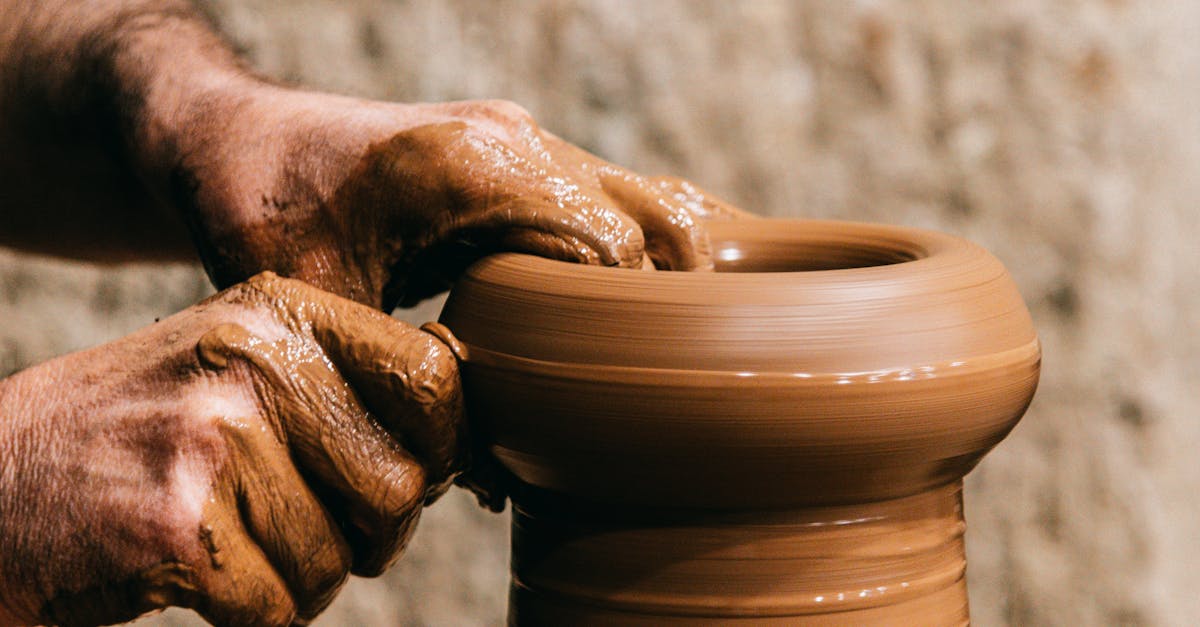
Can you use beach sand for casting?
Preparation Process for Beach Sand
Preparing beach sand for casting involves several steps to ensure its suitability for the process. First, it's crucial to gather sand from a clean area, minimizing contamination from debris, organic matter, or pollutants. The sand should be collected responsibly, adhering to local regulations regarding beach resources. After collection, the sand requires thorough cleaning to remove salts, which can interfere with casting quality and affect the final product.
Sifting the sand is an essential step that follows the cleaning process. This technique helps separate larger particles, shells, and any unwanted materials from the finer grains, creating a more uniform texture. A fine mesh sieve can effectively facilitate this process. The final stage may include drying the sand, as moisture can lead to issues during casting. Ensuring the sand is as dry and consistent as possible contributes to better mold integrity and overall casting results.
Cleaning and Sifting Techniques
To prepare beach sand for casting, it is essential to remove impurities that can compromise the casting process. Initial cleaning often involves rinsing the sand with fresh water to eliminate salt, organic material, and other contaminants. A combination of mechanical agitation and water flow can be employed to separate finer particles and debris. This might be followed by drying the sand under sunlight or using industrial driers, ensuring that moisture levels are adequately regulated before any further processing.
Sifting is a crucial step in refining beach sand to achieve uniformly sized granules suitable for casting applications. Various screens and sieves can be utilized to filter out unwanted particles. The use of a shaker screen or vibrating sieve enhances efficiency, allowing for the swift separation of sand based on size. This process not only improves the consistency of the sand but also aids in achieving the desired density and flow characteristics, essential for effective casting.
Environmental Considerations
The extraction of beach sand raises significant environmental concerns. Coastal ecosystems are sensitive to disturbances caused by sand mining. Removing sand alters habitats, affecting the plant and animal life that depend on these areas. Additionally, the process can lead to increased erosion, harming the shoreline and potentially disrupting the natural sediment flow essential for beach replenishment.
Local communities may also suffer from the impacts of sand extraction. Changes in coastal landscapes can affect tourism, fisheries, and other local economies that rely on a healthy beach environment. Understanding these implications is crucial for any industry considering beach sand for casting purposes. Sustainable practices and regulations may be necessary to balance industrial needs with environmental protection.
Impact of Sand Extraction
Extraction of sand from beaches can lead to significant environmental consequences. Coastal erosion often increases as the natural replenishment of sand diminishes. This process disrupts local ecosystems and can impact wildlife habitats, particularly those of species that rely on sandy shorelines for breeding and shelter. The alteration of sediment distribution affects not only flora and fauna but also the physical landscape, leading to changes in water quality and tidal patterns.
Additionally, the economic implications for local communities can be profound. As beaches erode and ecosystems degrade, tourism may decline, affecting businesses dependent on beachgoers. Sand extraction can also create conflicts among stakeholders, including conservationists, local residents, and industries looking to obtain sand for various applications. Balancing the demand for sand with sustainable practices becomes essential in mitigating these effects.
Applications of Beach Sand in Casting
Beach sand has found its niche in various casting applications, particularly in industries such as construction and art. Its unique granule shape and size can contribute to optimal flow characteristics when combined with binders, making it suitable for creating molds and cores. The aesthetic appeal also attracts artists looking to incorporate natural textures into their sculptures and craft works.
Additionally, the automotive sector has utilized beach sand for producing cast parts and components. The sand can help produce intricate designs and detailed finishes, which are essential for functional and aesthetic purposes in vehicle manufacturing. This variety of applications highlights the versatility of beach sand, showcasing its potential beyond traditional uses.
Specific Industries and Uses
Various industries utilize beach sand for casting purposes, particularly in manufacturing and construction. The automotive industry often employs sand molds in the production of engine blocks and transmission cases. Beach sand's fine texture can create intricate details in castings, making it valuable for decorative metalwork.
Additionally, the craft and art sectors find beach sand useful for creating sculptures and ornamental pieces. The natural appearance of the sand adds a unique aesthetic quality to finished products. Some marine construction projects have also integrated beach sand due to its availability and cost-effectiveness, highlighting its versatility across different applications.
FAQS
Can beach sand be used for metal casting?
Yes, beach sand can be used for metal casting, but it requires proper preparation and cleaning to ensure it meets the necessary quality standards.
What preparation is needed before using beach sand for casting?
Beach sand must be cleaned and sifted to remove impurities such as salt, organic matter, and larger particles. This helps improve the sand's performance in casting applications.
Are there environmental concerns associated with using beach sand for casting?
Yes, there are environmental considerations, including the impact of sand extraction on local ecosystems and coastal erosion. It is essential to assess these impacts before using beach sand for casting.
What industries utilize beach sand in casting processes?
Beach sand is commonly used in various industries, including foundry, construction, and even art and sculpture, due to its availability and unique properties.
How do cleaning and sifting techniques affect the quality of beach sand for casting?
Effective cleaning and sifting techniques help remove unwanted materials, ensuring that the beach sand has the right grain size and composition for optimal molding and casting performance.
Related Links
What powder is used in sand casting?How do you harden casting sand?